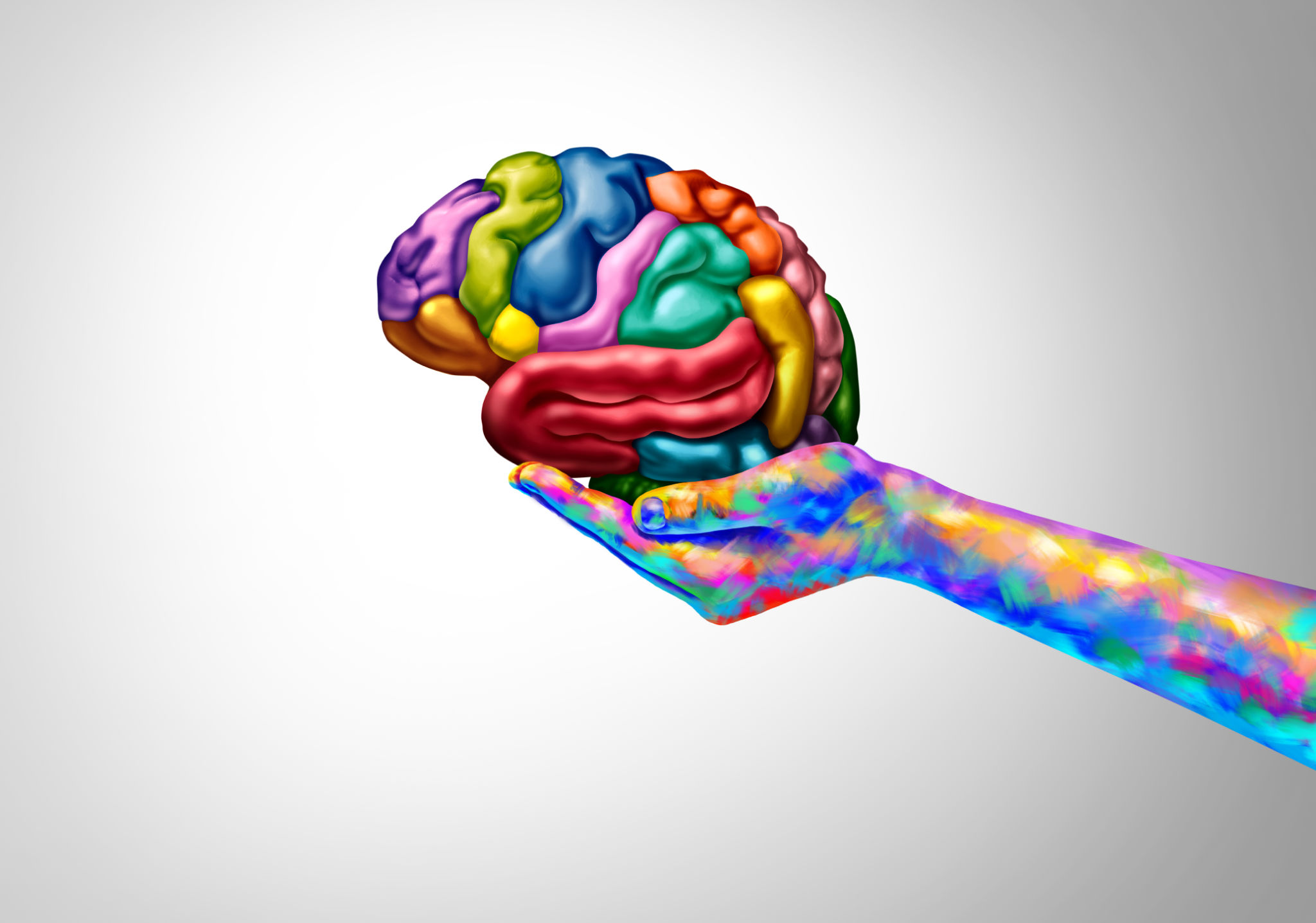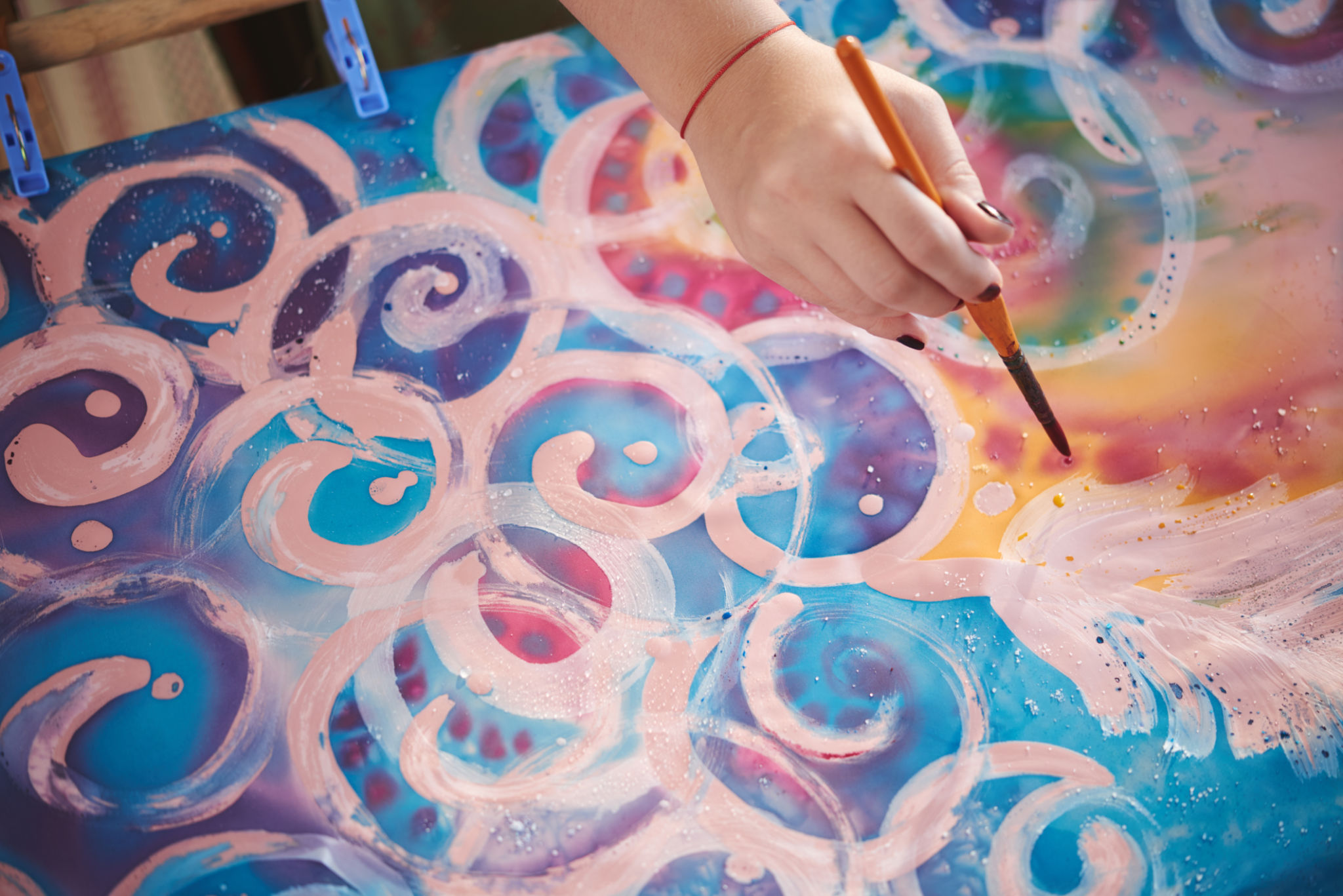The Healing Power of Art: How Creativity Enhances Mental Health and Shapes Your Life
The Connection Between Art and Mental Health
Art has long been recognized as a powerful medium for expression and healing. From ancient cave paintings to modern digital creations, art allows individuals to communicate emotions that might be difficult to express through words. Studies have shown that engaging in artistic activities can significantly improve mental well-being, offering a therapeutic outlet that reduces stress and anxiety.
By immersing oneself in the creative process, individuals can experience a state of flow—where time seems to stand still, and worries fade away. This meditative aspect of art-making helps in calming the mind and fostering a sense of peace and tranquility.

Art as a Form of Self-Expression
Self-expression is crucial for mental health, providing individuals with a means to release pent-up emotions and explore their inner world. Art offers a non-verbal language that can convey thoughts and feelings that are hard to articulate. Whether through painting, drawing, or sculpting, creating art enables people to tell their stories and share their unique perspectives.
For some, art becomes a mirror reflecting personal experiences, while for others, it serves as an escape into a world of imagination. This freedom of expression can lead to greater self-awareness and personal growth, encouraging introspection and understanding.

The Role of Art in Building Resilience
Engaging with art can also bolster resilience, helping individuals cope with life's challenges. By exploring different artistic mediums, people learn to navigate uncertainty and embrace mistakes as opportunities for growth. This adaptability translates into real-life situations, fostering a mindset that is open to change and innovation.
Moreover, the act of creating art can instill a sense of accomplishment and purpose. Completing an art project, no matter how small, provides a tangible result that boosts confidence and reinforces a positive self-image. This sense of achievement can be particularly beneficial for those struggling with feelings of inadequacy or self-doubt.

Community and Connection Through Art
Art has the power to connect people, building communities and fostering social bonds. Participating in group art activities or attending workshops can create opportunities for collaboration and shared experiences. These connections can be incredibly healing, offering support and understanding from others who share similar interests.
In addition to in-person gatherings, online platforms have expanded the reach of art communities, allowing individuals from diverse backgrounds to share their work and inspire one another. This sense of belonging can alleviate feelings of isolation and enhance overall mental well-being.

Practical Tips for Incorporating Art into Your Life
Integrating art into your daily routine doesn't require any prior experience or special skills. Here are some simple ways to start incorporating creativity into your life:
- Set aside time each day for a creative activity, no matter how brief.
- Experiment with different mediums to find what resonates with you.
- Join a class or group to learn new techniques and meet like-minded individuals.
- Visit galleries or museums for inspiration and exposure to diverse styles.
Remember, the goal isn't perfection but rather the joy of creation and self-expression. By embracing creativity, you open yourself up to new perspectives and possibilities that can transform your mental health and overall quality of life.
